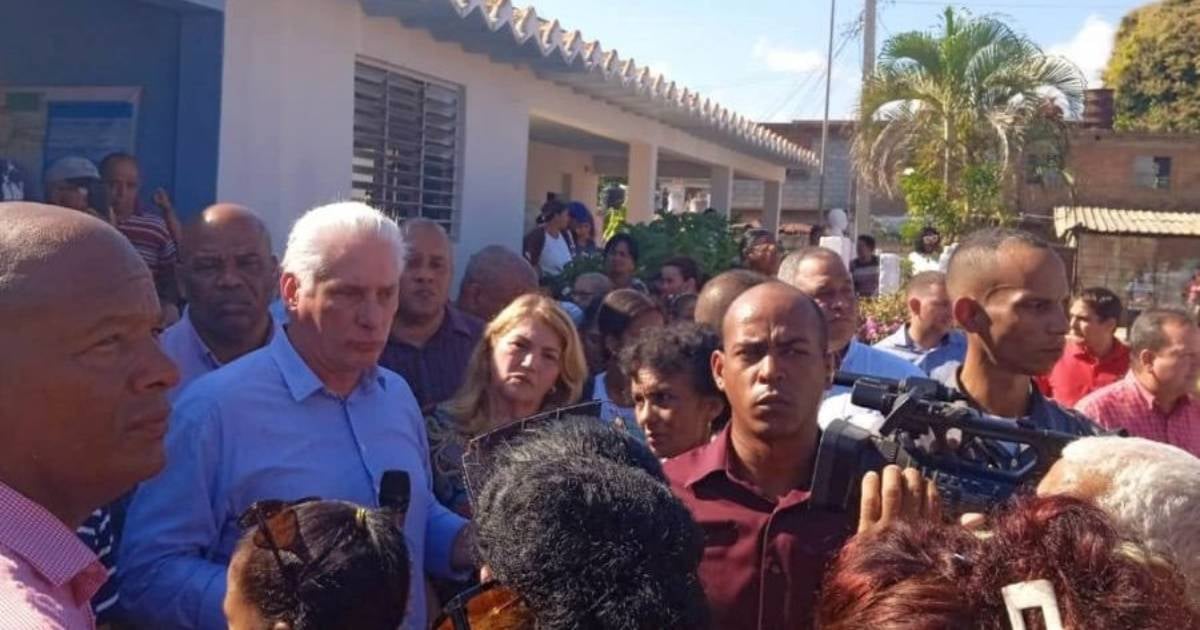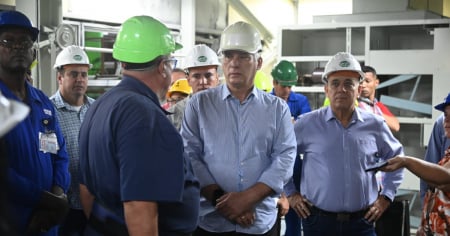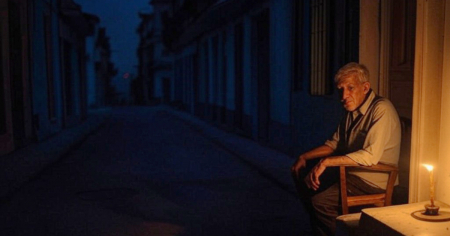
Related videos:
Cuban leader Miguel Díaz-Canel assured this Wednesday that the country's energy situation will "significantly improve" before the end of the year.
During his visit to the municipality of Trinidad, in the province of Sancti Spíritus, the leader highlighted that the government aims to incorporate more than 1,000 MW into the national electric system this year, which will help alleviate the energy crisis that has been affecting Cuba for months, reported the official newspaper Escambray.
"The most important thing is to achieve popular participation; we have addressed very old issues, and this year we must advance with the inclusion of over 1,000 MW into the electrical system, which will improve the energy situation," he stated.
Shortly before, while visiting the neighboring province of Cienfuegos, he assured that the thermoelectric "Carlos Manuel de Céspedes" in that area would be operational by the end of June.
Díaz-Canel stated that the government is working to ensure that both affected units of the thermoelectric plant - unit 3 and unit 4 - are operational by the summer of this year.
While the promises increase, Cubans must confront power outages of up to 23 hours in some provinces such as Matanzas.
The energy crisis on the island is linked to the poor condition of the thermoelectric plants, the deterioration of infrastructure, the shortage of fuel, and the government’s inefficiency in finding long-term solutions.
Frequently Asked Questions About the Energy Situation in Cuba and Government Promises
What has Miguel Díaz-Canel promised regarding the energy crisis in Cuba?
Miguel Díaz-Canel has promised that the energy situation in Cuba will "significantly improve" before the end of the year, with the addition of over 1,000 MW to the national electrical system. However, these promises have been met with skepticism due to the ongoing energy crisis and the prolonged blackouts experienced by the population.
What is the current status of the "Carlos Manuel de Céspedes" thermoelectric plant in Cienfuegos?
The "Carlos Manuel de Céspedes" thermoelectric plant in Cienfuegos has faced serious breakdowns that have kept it out of service. The government has promised that the affected units will be operational by summer, but the repair work is complex and the reactivation of the plant still lacks a clear timeline.
What are the main causes of the energy crisis in Cuba?
The main causes of the energy crisis in Cuba include the poor condition of thermal power plants, the deterioration of infrastructure, fuel shortages, and the government's inefficiency in finding long-term solutions. These deficiencies have led to prolonged and recurring blackouts across the country.
What measures has the Cuban government taken to address the energy crisis?
The Cuban government has promised to increase electricity generation capacity by incorporating new megawatts into the system and repairing thermal power plants. Moreover, there has been talk of investing in renewable energy as part of a long-term solution. However, the results of these measures have been limited, and discontent among the population continues to grow.
Filed under:





